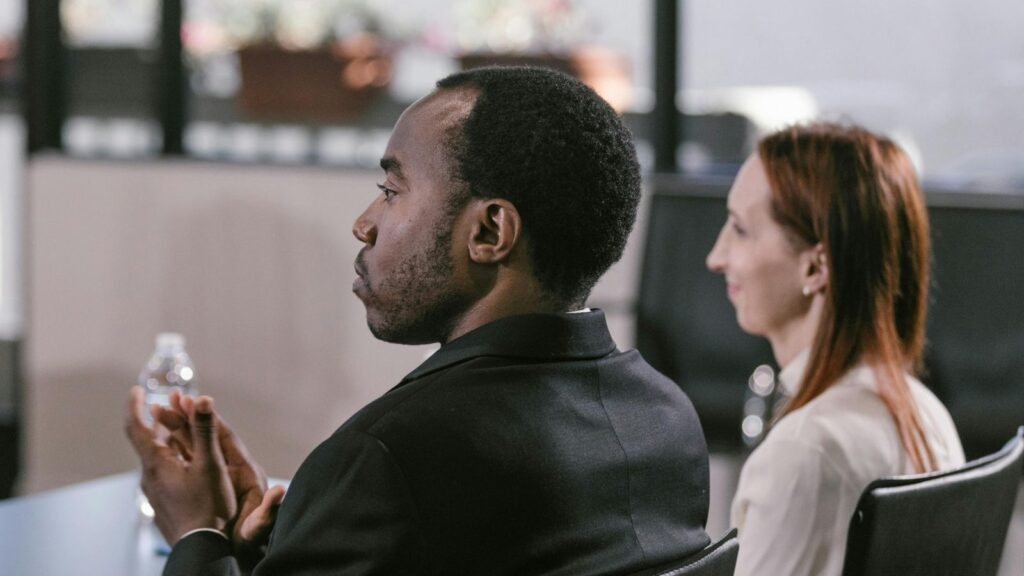
Organizing an event involves meticulous planning and strategic promotion to ensure its success. Among the various promotional tactics, engaging local media plays a pivotal role in amplifying your event’s reach and drawing in your target audience. This blog will guide you through the essential steps to effectively involve local media in your event planning process.
1. Identify Your Target Audience
Before you start reaching out to local media, it’s crucial to define who your event is for. Understanding your target audience helps in selecting the right media outlets. For instance, if your event caters to families, local newspapers, community radio stations, and family-oriented magazines might be ideal platforms.
2. Build Relationships with Local Media Outlets
Establishing connections with local journalists, bloggers, and influencers well before your event can significantly enhance your promotion efforts. Regularly engage with their content, attend local events where they might be present, and reach out with relevant information about your event. Cultivating these relationships is a vital part of event planning that pays off when it’s time to publicize your event.
3. Craft a Compelling Press Release
A well-crafted press release is essential for grabbing the attention of local media. Ensure your press release is newsworthy, highlighting the unique aspects of your event. Include essential details like the event date, location, purpose, and any notable personalities involved. A catchy headline and engaging first paragraph can make a significant difference in capturing interest.
4. Leverage Social Media
Social media platforms are powerful tools to engage with local media. Share teasers, behind-the-scenes content, and updates about your event. Tag local media outlets and journalists in your posts to increase visibility. Using event-specific hashtags can also help in tracking the buzz and engaging with attendees and media alike.
5. Offer Exclusive Content
Exclusive content or early access can be a great incentive for local media to cover your event. Offer interviews with key speakers, sneak peeks of the event setup, or behind-the-scenes access. This not only builds excitement but also gives media outlets unique content to share with their audience.
6. Host a Media Preview
Consider hosting a media preview before the main event. This can be a smaller gathering where journalists and influencers get a first look at what your event will offer. It’s an excellent opportunity for them to experience the event firsthand and create buzz leading up to the main day.
7. Engage in Community Partnerships
Partnering with local businesses, schools, or non-profits can expand your event’s reach. Community partners often have their own media contacts and channels, which can be invaluable in promoting your event. Collaborations can also add credibility and community interest, making your event more newsworthy.
8. Follow Up Post-Event
Your interaction with local media shouldn’t end once the event is over. Send follow-up emails thanking them for their coverage and sharing any success stories or key outcomes from the event. This not only shows appreciation but also keeps your event top of mind for future coverage.
9. Monitor and Measure Your Media Coverage
Finally, track the media coverage your event receives. Use tools to monitor mentions across different platforms, and measure the reach and impact of the coverage. Understanding what worked and what didn’t will help refine your media engagement strategy for future events.
Engaging local media is a crucial element in event planning that can greatly enhance the success of your event. By building relationships, crafting compelling content, and strategically leveraging media partnerships, you can ensure that your event receives the attention it deserves. With thoughtful planning and execution, your event will not only attract the right audience but also leave a lasting impression on the community.
Want to know how Ticmint can help your business?
- Save upto 35% platform fees compared to industry standard.
- 100% customisable & control. Your platform, your way. (No extra charges to remove branding)
- Enhanced transparency and security



